Hair Transplant in Iran
Regain your beauty and confidence by improving your hair with a hair transplant in Iran. Iran has the most professional surgeons in the field, and hair transplant cost in Iran is much lower than in other countries, these factors make it a perfect destination for medical tourism.
Hair Transplant in Summary
Recovery Time
1 Week
Hospital Day
Surgery Duration
6-12 hours
Anesthesia
Local
Back to Work
5 days
Stay in Iran
Why Choose Iran for Hair Transplant Surgery?
Choosing a destination for your medical needs is challenging work. You should consider many factors when choosing a destination for cosmetic and medical tourism. Some of these factors are professional surgeons, modern and well-equipped hospitals, and cost-effective services.
By deciding to undergo a hair transplant in Iran, you do not need to worry about any of the mentioned factors. A hair transplant in Iran is a perfect choice and with professional surgeons and modern hospitals, you will experience a high-quality surgery.
We can arrange your hair transplant surgery with the best hair transplant surgeons in Iran in LyaMed packages.
The other important factor is the hair transplant cost in Iran with our packages. Our hair transplant price is much lower than in other countries due to its high demand.
PackagesHair Transplant Packages in LyaMed
Economic
Hair Transplant- 2 Nights at 3*Hotel
- Welcome Dinner
- Half-day Sightseeing
- Medical Imaging & Tests
- Visa
- Transportation
- 24/7 Interpreter
- Follow Up
- SIM Card & Internet
Special
Hair Transplant- 2 Nights at 4*Hotel
- Welcome Dinner
- Half-day Sightseeing
- Medical Imaging & Tests
- Visa
- Transportation
- 24/7 Interpreter
- Follow Up
- SIM Card & Internet
VIP
Hair Transplant- 2 Nights at 5*Hotel
- Welcome Dinner
- Half-day Sightseeing
- Medical Imaging & Tests
- Visa
- Transportation
- 24/7 Interpreter
- Follow Up
- SIM Card & Internet
PricingHair Transplant Cost in Iran
Hair transplant surgery cost in Iran is one of the primary reasons many patients in the world choose Iran for hair transplant surgeries.
Hair transplant costs in Iran are significantly more affordable than in many other countries, especially in Europe, Turkey, and the USA.
The lower cost of hair transplant surgeries is due to its high demand and lower exchange rate between Rial and Dollar. This applies to all hair transplant surgeries, such as facial hair transplant in Iran.
The average cost of a hair transplant in Iran is around 950$. In contrast, patients must pay around $6,000 in the United States, $6,000 in Europe, $2,000 in Turkey, and $3,500 in the UAE for the same procedure.
B/ABefore and After Photos
What is a Hair Transplant?
A hair transplant, hair restoration, or hair replacement surgery is a cosmetic procedure designed to address baldness or thinning hair.
Hair transplant surgery involves sterilizing the patient’s scalp and administering local anesthesia to numb the donor area at the back of the head.
Generally, hair transplant surgery is performed in 2 methods:
- Follicular Unit Strip Surgery (FUSS)
- Follicular Unit Extraction (FUE)
During the surgery, hair follicles are meticulously harvested from the donor area and strategically transplanted to the bald or thinning regions, commonly on the front or top of the head.
There are other hair transplant surgeries for different parts of the body, such as facial transplant.
What are the Different Methods of Hair Transplant?
There are several techniques used to obtain follicles for hair transplantation:
Follicular Unit Transplantation (FUT)
Follicular Unit Transplantation (FUT), or the strip procedure, is a surgical hair restoration technique to address baldness. This surgery is a good option for receding hairlines caused by male pattern baldness.
During FUT surgery, the surgeon removes a thin strip of skin from the back or side of the patient’s head, containing hair follicles.
The strip size is customized based on the number of follicles required to cover the balding areas. After the strip is extracted, the surgeon dissects individual hair follicles, preparing them for transplantation. The surgeon then closes the scalp with sutures. The harvested hair follicles are strategically inserted into the balding regions in a natural pattern, allowing for gradual hair regrowth.
FUT surgery, which takes 4 to 8 hours, is often quicker than the Follicular Unit Extraction (FUE) method. Patients typically remain awake during the procedure, and the surgery is done with local anesthesia.
After follicular unit transplantation in Iran, the visible results after surgery can usually be observed within 6 to 9 months. There are some patients who may require up to a year to see the full outcome.
Follicular Unit Extraction (FUE)
Follicular Unit Extraction (FUE), or Follicular Isolation Technique (FIT) is a cutting-edge hair transplant method. This surgery has become a preferred alternative to the traditional Follicular Unit Transplantation (FUT) procedure.
In FUE, the back of the head is shaved, and individual hair follicles are meticulously extracted one by one. These harvested grafts are then strategically implanted into tiny incisions in the recipient area, resulting in a natural and thicker hair appearance.
Unlike FUT, where the surgeon removes a strip of skin along with the follicles, FUE leaves patients with numerous, less noticeable scars.
FUE hair transplants are typically completed within a day, and overnight stays are not required. Multiple sessions may be necessary for individuals with larger areas to treat, spaced a few months apart.
After the procedure, patients are given instructions on graft care, often including using a recovery spray to aid in hair growth. FUE’s rise in popularity is attributed to its ability to avoid the hair plug look and minimize scarring compared to FUT.
Like beard transplant in Iran, it is a proper option for those with thinning or balding hair who still have enough healthy hair nearby for transplantation.
Scalp Reduction Surgery
Scalp reduction surgery is a surgical procedure that can be performed on both men and women to treat hair loss, especially baldness on the top of the head.
The procedure involves moving a section of hair-covered skin on the scalp over a bald area. For instance, if the top of your head is bald, skin from the sides of your head may be pulled up and sewn together. This results in a smaller bald area and more hair coverage.
If you need scalp reduction surgery in Iran, contact us for a free consultation with one of our surgeons.
Hair Flap Surgery
Hair flap surgery is a hair restoration procedure that involves moving hair-bearing tissue from the sides and back of the head to the balding areas at the front.
Hair flap surgery involves moving hair-bearing scalp tissue to bald areas, resulting in a thicker hairline after just one operation.
If you suffer from large balding areas, hair flap surgery in Iran is a good choice because of our professional surgeons.
Who are the Best Candidates for Hair Transplant?
Hair transplants are a great option for individuals who wish to improve their appearance, especially those experiencing hair loss due to specific conditions.
People who suffer from male pattern baldness, thinning hair, permanent baldness, hair loss due to burns or scalp injuries, alopecia areata, thyroid diseases, or hormonal imbalances are good candidates for hair transplants.
However, it’s essential to note that hair replacement may not be suitable for everyone. It is generally discouraged for those with widespread hair loss across the scalp, those lacking sufficient donor hair sites for transplantation, individuals prone to keloid scars following injury or surgery, and those whose hair loss results from medications like chemotherapy.
How to prepare for hair transplant surgery?
To prepare for a hair transplant surgery, schedule a consultation with a qualified surgeon to discuss your goals and concerns.
It is important to undergo regular medical check-ups, quit smoking, limit alcohol intake, and strictly follow the prescribed medication instructions.
Before undergoing a cosmetic procedure, completing any necessary blood tests and avoiding taking any blood-thinning substances is important. Before your surgery, follow preoperative guidelines, arrange transportation, wear comfy clothes, and plan for post-op recovery.
If recommended, getting a haircut before surgery and having someone assist you after the procedure is advisable. Additionally, please ensure no spelling, grammar, or punctuation errors in the text.
Follow fasting instructions, mentally prepare for the procedure, and communicate clearly with your surgeon to ensure a successful and satisfying outcome.
How is Hair Transplant Surgery in Iran Performed: Step-by-Step Guide
When you choose LyaMed as your partner for hair transplants or eyebrow transplant in Iran, we support you from the initial online consultation to post-operative care.
At LyaMed, we offer hair transplant packages that cover every step of the procedure.
Here’s a summary of the steps we offer:
Online Consultation
LyaMed offers virtual consultations with the best hair transplant surgeons in Iran. During this session, the surgeon will have a detailed conversation with you to understand your goals, medical history, and address any concerns.
Visa Assistance
At LyaMed, we are dedicated to assisting our patients in obtaining the necessary documents for their trip to Iran.
Transportation
We offer transportation services for our patients, including transfers to and from airports and transportation to clinics and hospitals.
Accommodation
Our hair transplant packages include the best hotels in Iran for your accommodation.
Hospital
We have established collaborations with modern and recognized cosmetic institutions and hospitals specializing in this procedure to guarantee the highest quality of care and expertise in performing hair transplant surgery in Iran.
Treatment
The treatment process begins with a consultation with your surgeon. During the consultation, you will discuss your desired look, and the doctor will provide you with pre-surgery tips and prescribe any necessary medical tests. On the scheduled surgery date, the procedure will begin.
Recovery Time
LyaMed supports you through recovery, offering everything from prescriptions to online consultations after returning to your country.
Sightseeing
Our hair transplant packages include sightseeing tours of Tehran and its surrounding attractions. During your travel for a hair transplant in Tehran, our tour guide plans a fantastic city tour for you to enjoy the landmarks of the beautiful capital of Iran.
Online Follow-Up Visits
Your recovery process after the hair transplant surgery is completely under the control of your surgeon through online meetings.
Our team is here to provide support and guidance, ensuring that you have a smooth and successful recovery.
Hair Transplant Recovery
After the surgery, patients may experience scalp tenderness, for which pain medications may be prescribed.
- Bandages are typically worn for at least 1 or 2 days to protect the scalp, and antibiotics or anti-inflammatory drugs may be recommended to prevent infection and reduce swelling.
- Most individuals can return to work within 2 to 5 days after the surgery.
- Handling the transplanted hair with care during the initial 2 weeks is important when grafts are not fully secure.
- Exercise should be limited in the first month to minimize scarring.
- After 2 to 3 weeks, the transplanted hair will naturally fall out, allowing new growth.
- Significant results start becoming noticeable around 8 to 12 months after surgery.
- Some surgeons may also prescribe hair growth medications to enhance regrowth and prevent further hair loss.
Hair Transplant Side Effects
Like any surgical intervention, there is a possibility of bleeding, infection, and scarring. Some individuals may experience inflammation or folliculitis (an infection of the hair follicles) as new hair grows.
Temporary hair loss in the area where new strands were implanted, known as shock loss, is also possible but often not permanent.
Other side effects can include swelling and the formation of crusts at the transplant sites. It’s common to have a tight, swollen scalp for a few days and temporary scabbing.
While these side effects are usually temporary, they are important to consider when discussing the procedure with your surgeon. Your surgeon can help you understand the likelihood of these issues and how they would be addressed.
Why You Should Choose LyaMed for Hair Transplant in Iran?
When you choose LyaMed as your partner for a hair transplant in Iran, we will cover all your needs in our hair transplant packages. LyaMed offers full-service hair transplant packages in Iran with exceptional care and cost-effective prices.
With LyaMed, hair transplant cost in Iran is not a concern anymore! We provide different packages such as economic, special, and VIP so everyone will be able to benefit from hair transplant surgery in Iran.
We care about your health and provide the best hair transplant surgeons in Iran for your surgery.
Contact us for a free consultation session to discuss your concerns and learn more about the most suitable methods for yourself.
Frequently Asked Questions About Hair Transplant in Iran
What are the different methods of hair transplant?
- Follicular Unit Transplantation (FUT)
- Follicular Unit Extraction (FUE)
- Scalp Reduction Surgery
- Hair flap Surgery
Is a hair transplant painful?
Hair transplant surgery is generally not painful. During the hair transplant procedure, the surgeon will numb the area of your scalp that they will be focusing on with a local anesthetic. However, you may experience discomfort or pain at the incision points during post-surgery recovery as your body starts to heal and recover.
Is Iran good for hair transplant?
Yes, Iran is one of the best destinations for all cosmetic surgeries, including hair transplant.
Which country is best for hair transplant?
- Iran
- Turkey
- Thailand
- Hungary
- Germany
- Mexico
Why is hair transplant so cheap in Iran?
Hair transplant surgery cost in Iran is much lower than in other countries due to its high demand and the lower exchange rate of Rial than Dollar.
Why is Iran so good at hair transplants?
Professional surgeons and well-equipped hospitals in Iran made Iran a hub for cosmetic surgeries such as hair transplant.
What is the hair transplant cost in Iran?
The average hair transplant cost in Iran is around 950$.
What are the cheapest countries for a hair transplant?
- Iran
- Poland
- Brazil
- Turkey
- Malaysia
When do patients see results from a hair transplant?
Significant results start becoming noticeable around 8 to 12 months after surgery.
What are the potential side effects of hair transplant surgery?
- Bleeding
- Infection
- Scarring
- Scarring
- Inflammation
- Folliculitis
- Shock loss
- Swelling
- Formation of crusts

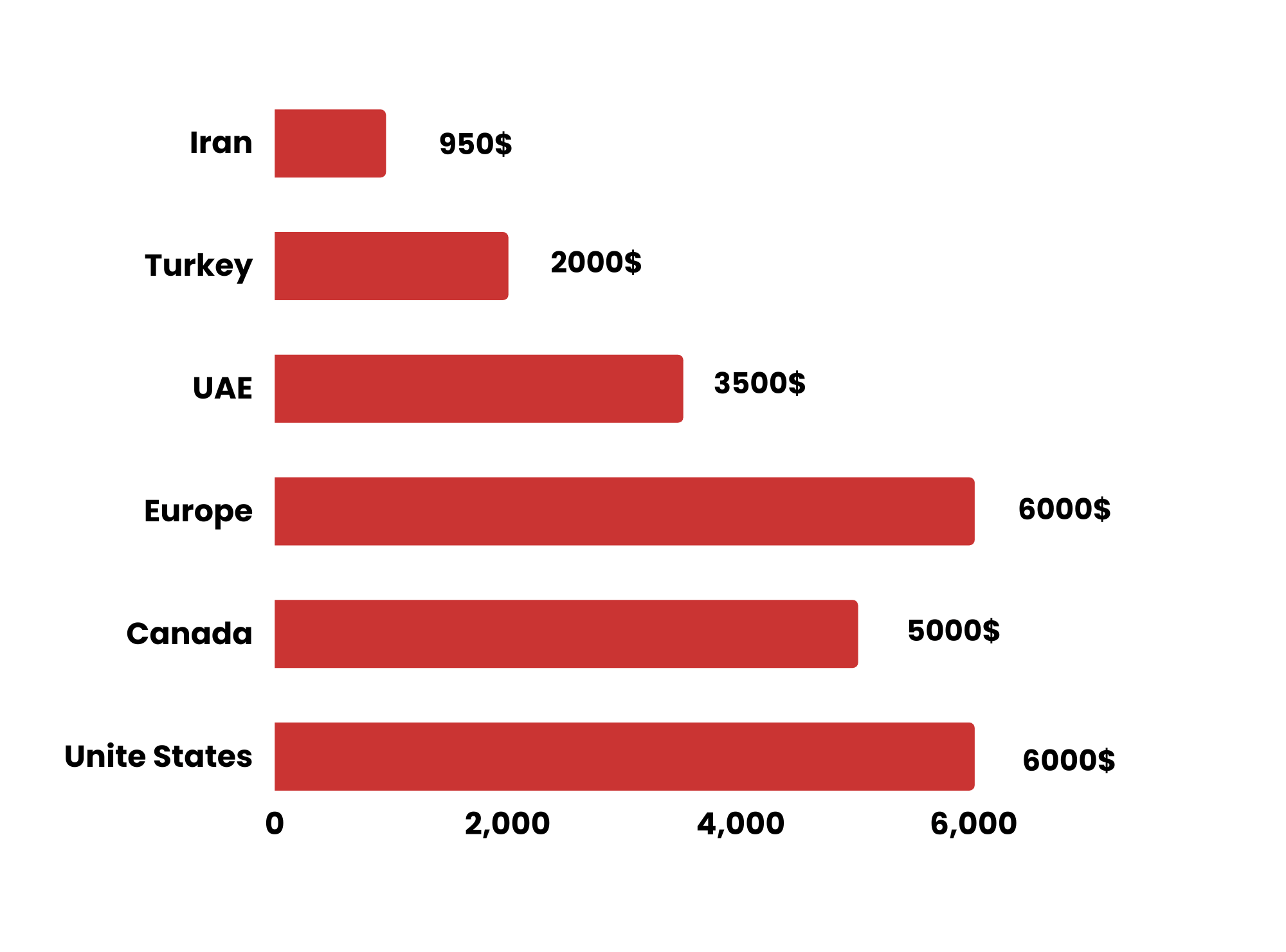

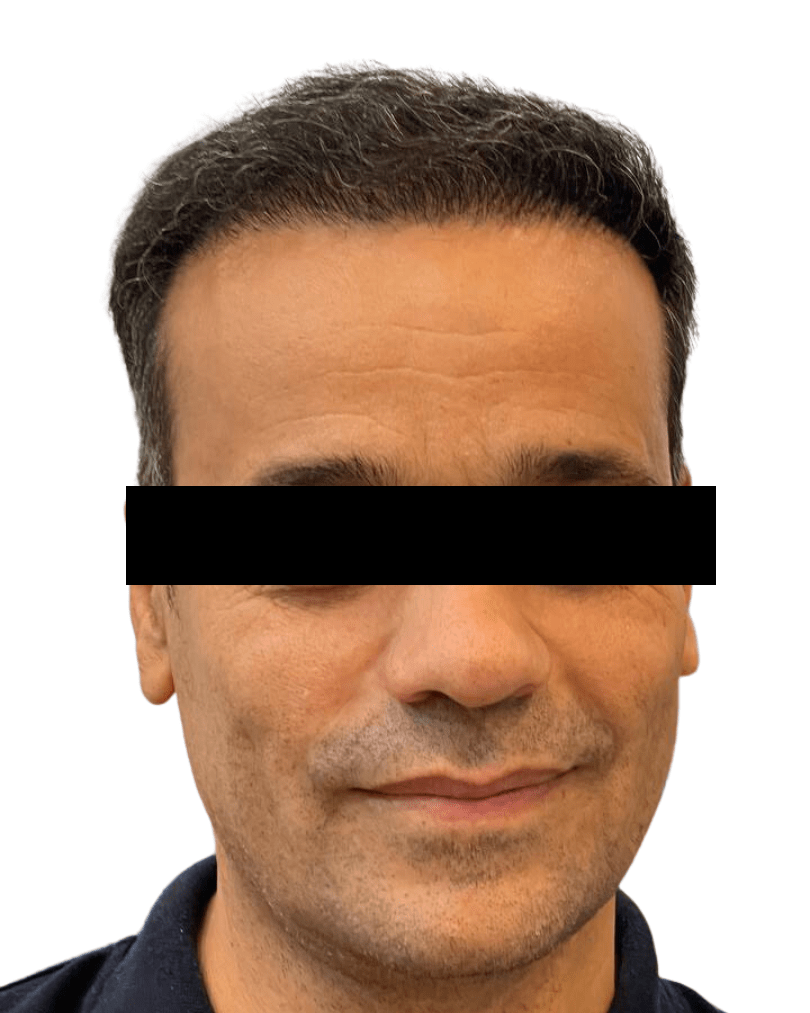
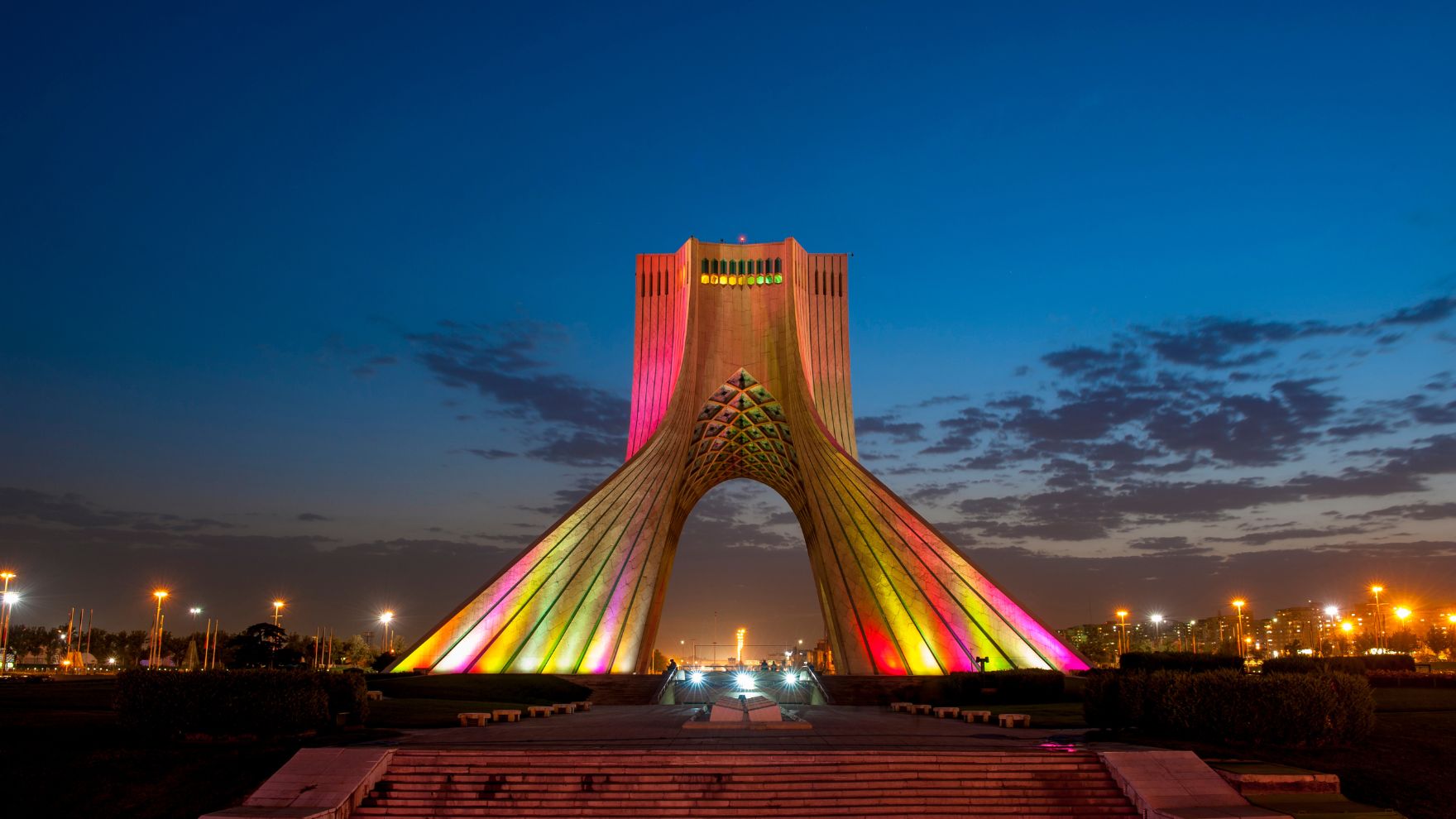

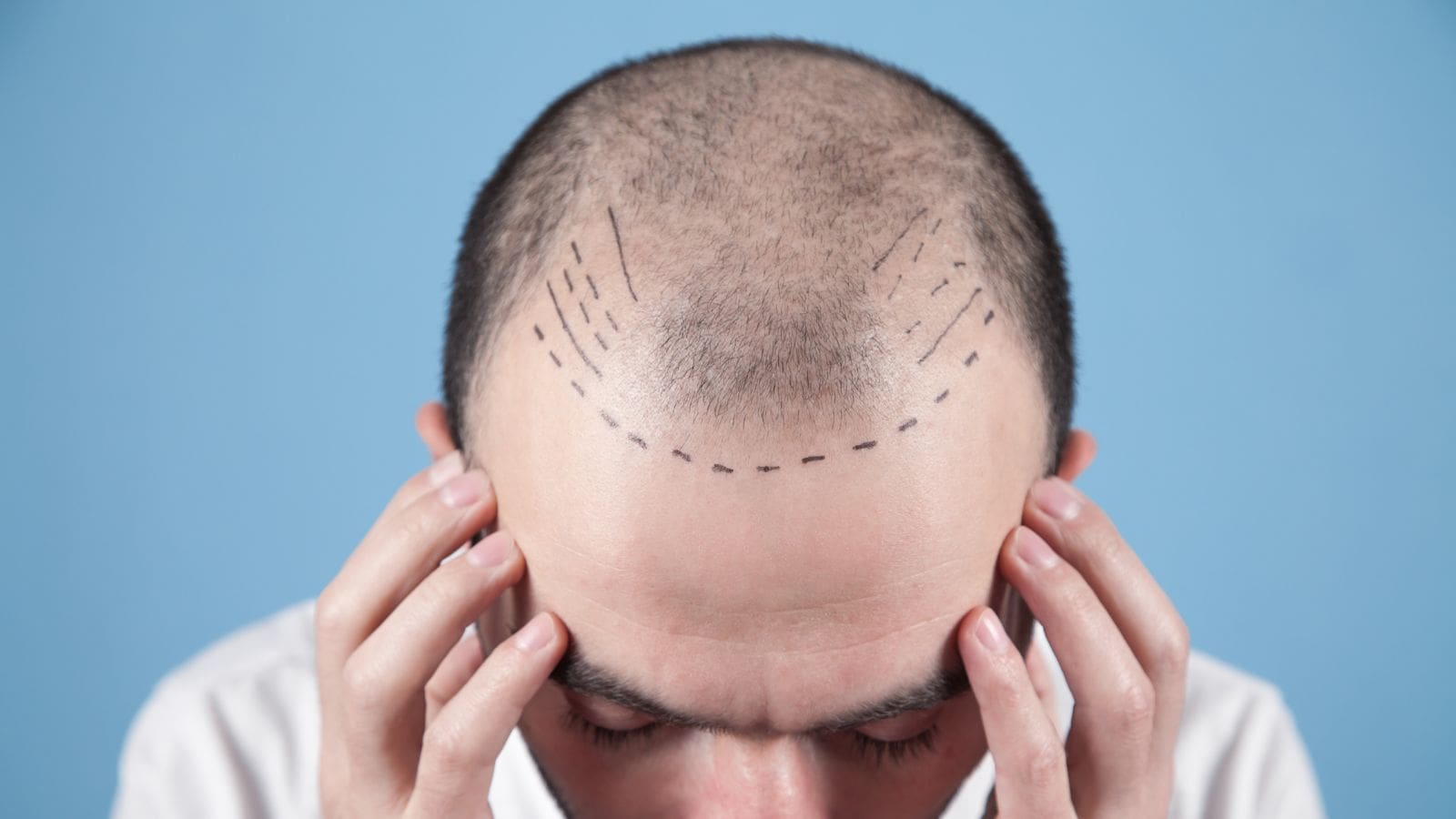
0 Comments